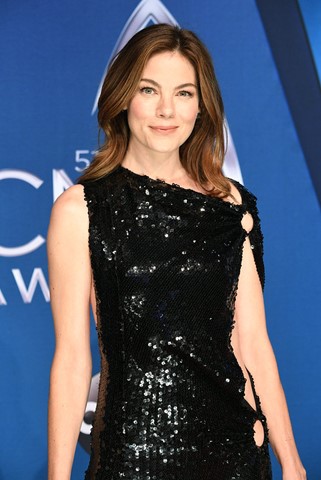Echoes: Crimes of the Heart, Twin Style
Recognizing my passionate obsession with twin relationships, many people have asked me to share my thoughts about the twin dynamics highlighted in the Netflix series Echoes. While I found the story line confusing and fabricated, I thoroughly enjoyed Michelle Monaghan’s intriguing performance as both Leni and Gina as well as a glimpse into a disturbing pathological twin relationship.
A bit of background for those who may have not watched the program (warning: spoilers ahead). Leni and Gina are identical twins who seamlessly swap identities each birthday so that they can live each other’s lives fully and deeply. This compulsion suggests their merged identities. They relish the deception as well as the thrill of becoming the other. While this duplicity goes undetected for quite a few years, a sequence of events exposes this chicanery. This leads to all sorts of mysterious and dangerous events that eventually bring about the breakdown and breakup of the twin’s relationship.
In terms of twin dynamics, I felt that the program revealed several truths. First and foremost, Leni’s caretaking role is evident from the beginning. She is portrayed as the more dominant twin, while Gina is labeled as emotional and vulnerable. Their mother died when they were quite young, and apparently, she was the only one who could tell them apart. The twins developed their own special brand of twin talk, which happens occasionally between twins.
Expectedly, trouble began to brew when Leni became involved with her first romantic partner, Jack, in her late adolescence. She went on to marry him and have a daughter. Gina became angry and upset about Leni’s attachment to Jack and communicated her resentment to Leni.
Subsequently, Gina fell in love with her adolescent crush, Dylan. As Leni watched their deepening sexual and emotional involvement, she could not tolerate her feelings of loss and envy. She orchestrated a wretched plan that forced Dylan to leave town. Gina was bereft and confused by Dylan’s abandonment and was unaware of Leni’s involvement in Dylan’s disappearance.
Fast-forward to the present day where we learn how the women have managed to trade their lives each birthday without their identities being discovered. However, a confusing set of circumstances eventually exposes their duplicity, leading to dire consequences. The well-worn notion of twins playing innocent pranks by switching identities is portrayed in books, plays, and movies. However, the seemingly innocent thrill of getting away with something has led some notorious twin pairs to commit egregious crimes against others as well as each other.
Betrayal is key to understanding the emotional depth of this drama. Leni is enraged that Gina dares to threaten their connection by falling in love with Dylan. So when the couple’s romance reignites, Leni is threatened and driven to prevent Gina from “having” him. Her controlling, possessive hold over her sister eclipses every other relationship in her life. Leni will not tolerate anyone coming between them. When Gina finally realizes the extent of her sister’s delusional desperation, she feels trapped, overwhelmed, and hopeless.
An underlying theme is the notion of twins and secrets. Twins who share one mind often cannot recall a separate memory. They do not or cannot recall which twin did what because their minds are fused. Without access to a separate mindset, they are confused. I believe this occurs frequently when twins are fearful about being found out, blamed, or punished for some transgression. Or, as in the case with Leni and Gina, the twins make a pact about whom will shoulder the responsibility.
I found it a bit far-fetched and disingenuous to characterize Jack, Leni’s husband, as having no idea about the wife swapping. Those close to identical twins usually are attuned to their personality differences despite their physical identicality.
Suffice it to say it was an interesting, although exaggerated, portrayal of an unhealthy twinship. Notwithstanding the twins’ distinct lifestyles, the intensity of their closeness drove them to compulsively “be” each other. The show illustrates how a vulnerable twin relationship collapses when one twin diverges from the expectable path laid out by the other. This breakdown can occur when one twin leaves the other for a romantic interest. Of course, it does not ordinarily involve murder or crime sprees. Nevertheless, such twin crimes of the heart may emerge with short term or long-term effects on the twins’ connection and their future success in repairing the ruptures.
Photo of Michelle Monaghan by Walt Disney Television, CC BY-ND 2.0


